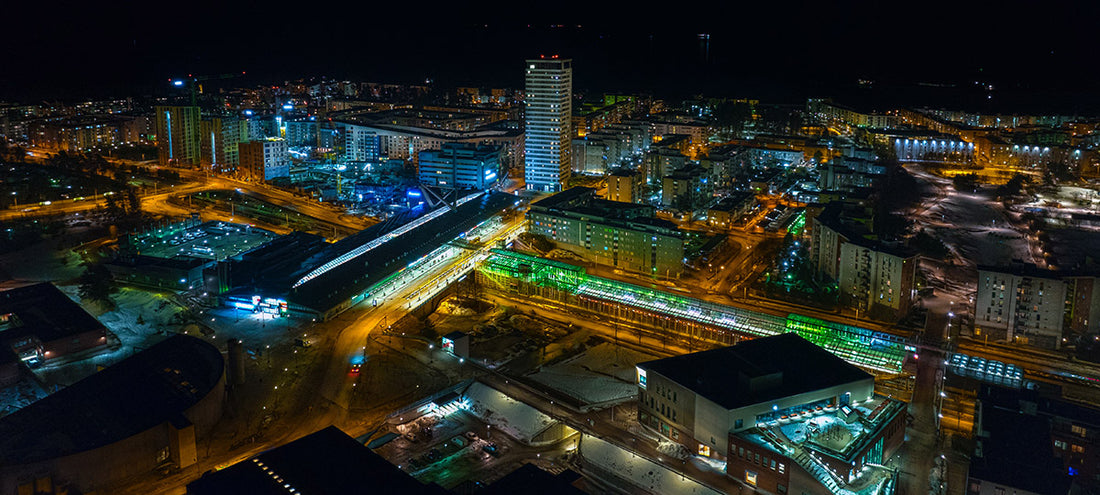
How to Use Real-Time AI Analytics for Developing Cities of the Future
Share
The cities around us are developing rapidly with more and more people moving into urban areas. Globally, more than half of the population already lives in cities. In Finland, the urbanization rate reached 85.6% in 2021, and the trend is ongoing; by 2050, 90% of the Finnish population will be living in urban areas, according to the study conducted by the United Nations Department of Economic and Social Affairs.
These changes require optimizing cities early in the development. What we are looking at, is a complex problem involving not only traffic engineering and infrastructure development, but also urban mobility and real estate. It all comes down to smart city planning.
Smart city planning is a concept of using advanced technology to guide decision-making processes with the help of IoT-devices, for instance, sensors or AI models collecting and generating data. Typical use cases are traffic monitoring and weather sensors. Small IoT-sensors have already been widely used, however, artificial intelligence (AI) is paving the way for real time analytics as a tool of efficacy.
3 ways AI can improve building and city planning
AI models are most seen in use in traffic analytics with object counting and recognition. However, object counting is capable of more than just traffic flow analysis. Using AI powered analytics automated counters in smart city development provides many perks for various actors from construction to real estate.
1. Urban Mobility
Urban mobility is about understanding where people move and spend their time, in order to use those insights for city planning. Using AI models for people flow analysis provides great insights into patterns and behavior of people, quantities of people and vehicles in certain locations, allowing stakeholders in construction and real estate to use these analytics for optimizing their planning.
2. Risk Mitigation and Productivity Optimization
Risk mitigation is a challenge that can also be tackled with real-time AI monitoring, with smart solutions on industrial sites, for instance, identifying the compliance of existing regulations. AI models can be used for identifying the correct use of personal protective equipment (PPE), such as hard hats, high visibility vests, and safety goggles. By risk mitigation monitoring on the job-site, the project team can focus their resources on bigger risk factors.
Productivity during on-going building processes can also benefit from AI monitoring by optimizing the floor cycle times and monitoring the stage of completion. Additionally, object detection and stand-by monitoring can provide valuable data on vehicle utilization on-site.
3. Traffic Engineering
Traffic engineering aims for achieving safe and efficient movement of people and goods on roadways. With AI monitoring of traffic flow and object identification, the to-be-built- infrastructure can be optimized with real-time analytics on the current traffic and people flows in the area.

About the author
Julia Peltonen is a 5G Business Development Manager at Elisa with an in-depth focus on technology solutions, AI, and innovation.
